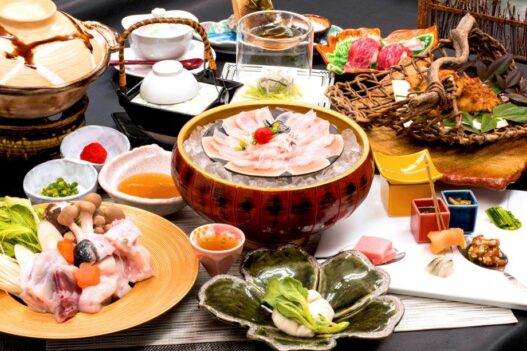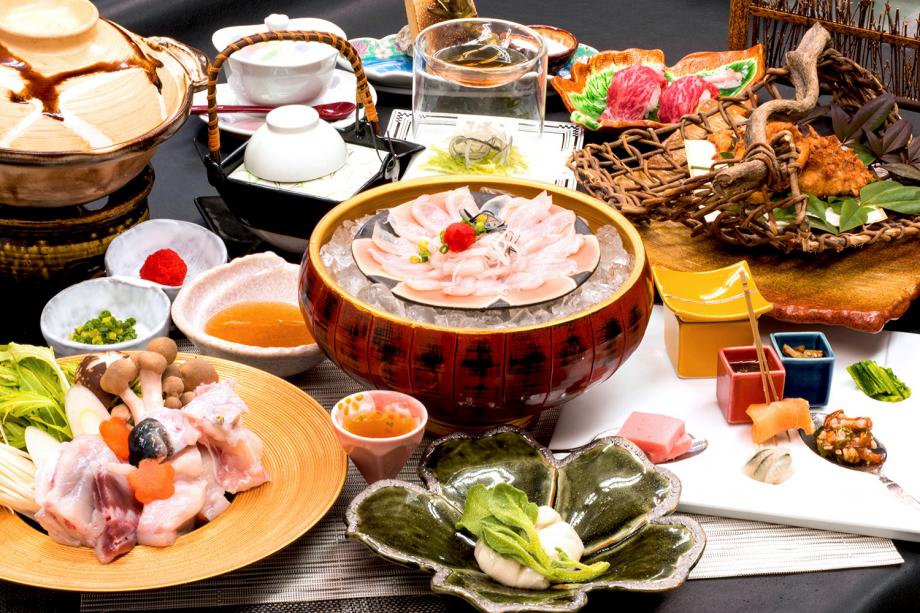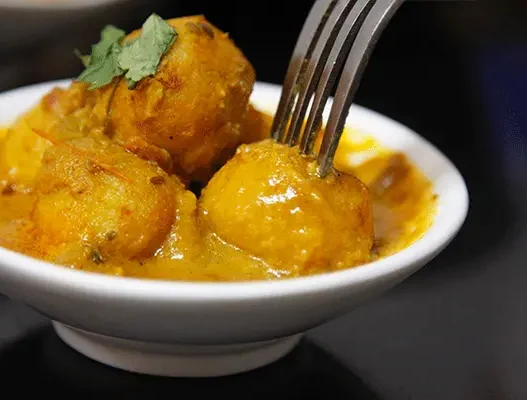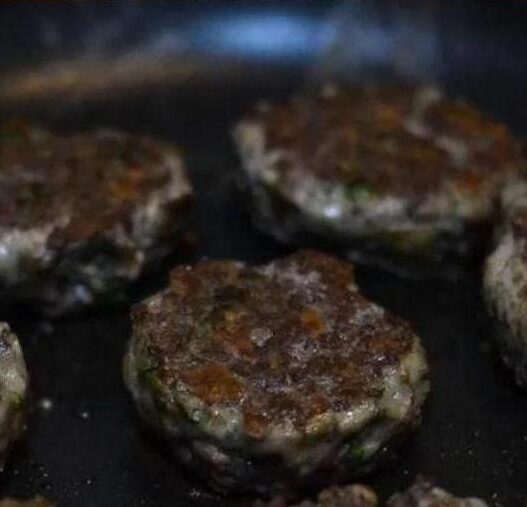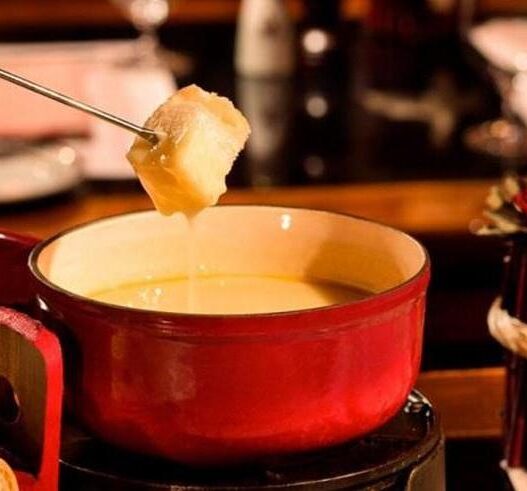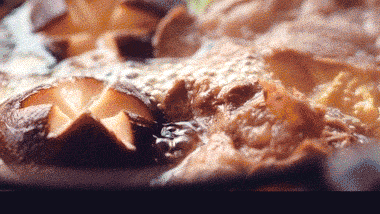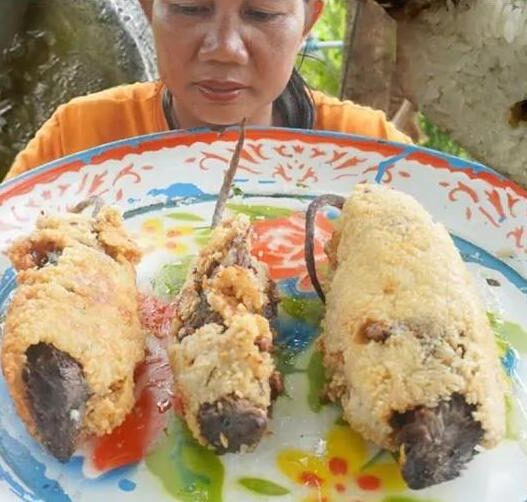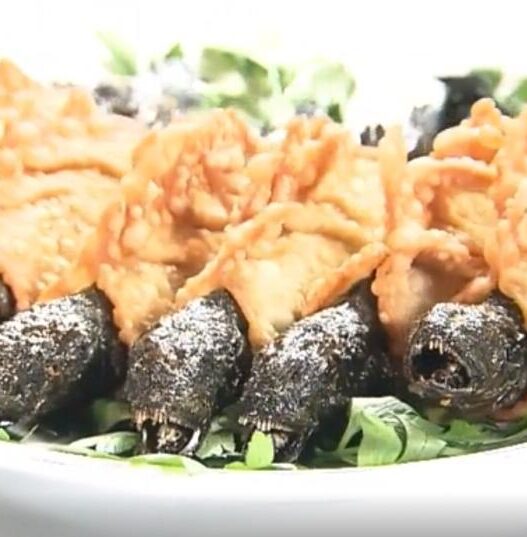What Kind of Fish is the Tiger Puffer?
Those interested in Japanese fugu (pufferfish) have probably heard the saying: “The Tiger Puffer from the west, the Tsurigisuke from the east.” The Tiger Puffer is a well-known species of pufferfish in the Kansai region, considered one of the most luxurious varieties for consumption due to its unique flavor and texture, earning it the nickname “King of Winter Flavors” among the Japanese. In some traditional fugu restaurants in Japan, certified fugu chefs can prepare a high-quality Tiger Puffer course, which is a favorite among gourmet enthusiasts.
The belly of the Tiger Puffer is snow-white, with blue-black spots on the chest and rear parts of the fish. From the head, along the back, it is covered with rough, small spines that puff up and stand on end when threatened, deterring enemies and protecting itself. Among pufferfish, the Tiger Puffer is one of the larger species, reaching lengths of up to 70 centimeters and weights over 8 kilograms when mature, making it a premium choice for Japanese fugu dishes.
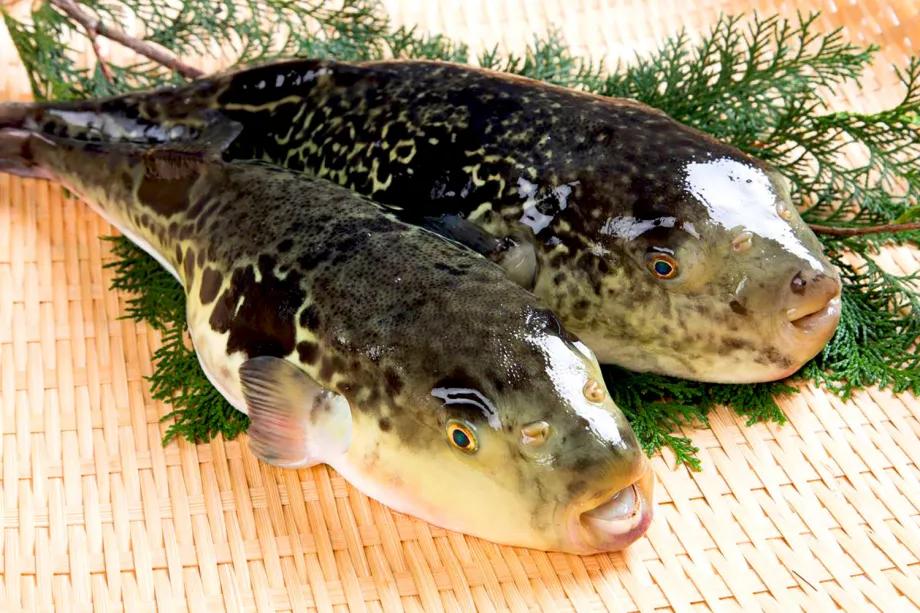
Tiger Puffers are widely distributed along the Pacific coast from southern Hokkaido to Kagoshima, as well as in the Seto Inland Sea and the East Sea. Although delicious, they require special care when cooking due to their toxicity. Almost all internal organs are poisonous, with only the meat, skin, fins, and milt being edible, making them particularly precious.
The “Value” of the Tiger Puffer:
01 Low Yield
Compared to other types of pufferfish, the Tiger Puffer has a larger head, and after removing the toxic parts, very little remains. While other pufferfish varieties might yield about 40% edible parts, the Tiger Puffer only yields around 30%.
02 Rarity
Although farmed pufferfish has become popular in recent years, it cannot replicate the unique fragrance, sweetness, and tender chewiness of wild-caught pufferfish. The taste is immediately distinguishable upon eating. Due to overfishing and environmental changes, the population of wild Tiger Puffers has significantly decreased, making them rare and significantly more expensive than farmed ones. Last year at Japanese wholesale markets, farmed Tiger Puffers were priced at around 2500-3000 yen each, while wild ones fetched 4500-10000 yen.
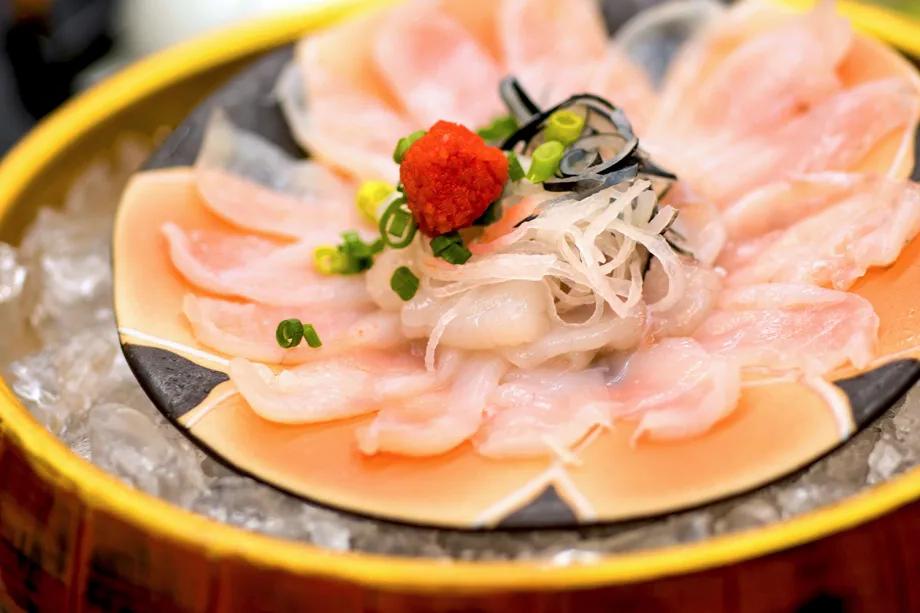
03 Difficult to Handle
Because of the toxicity of pufferfish, handling them requires professional certification. Additionally, the toxic parts must be disposed of and incinerated according to strict regulations rather than simply being discarded, which requires specialized personnel. High labor costs and limited processing facilities naturally increase the cost.
The Delicious Season for Tiger Puffer:
The season for wild Tiger Puffers is considered to be “from the autumnal equinox to the vernal equinox,” especially during the peak winter months of December to February. This is when Tiger Puffers are most nutritious and delicious. The milt also grows as the spawning season approaches, making it a rare delicacy only available during this time.
Wild Tiger Puffers spawn from March to July, so their toxicity is particularly strong in early summer, making it advisable to avoid them during this period. Farmed Tiger Puffers, however, do not have a specific season, offering consistent flavor year-round. If you want to enjoy the light taste of Tiger Puffer during the appetite-dampening summer, farmed ones are a good option.
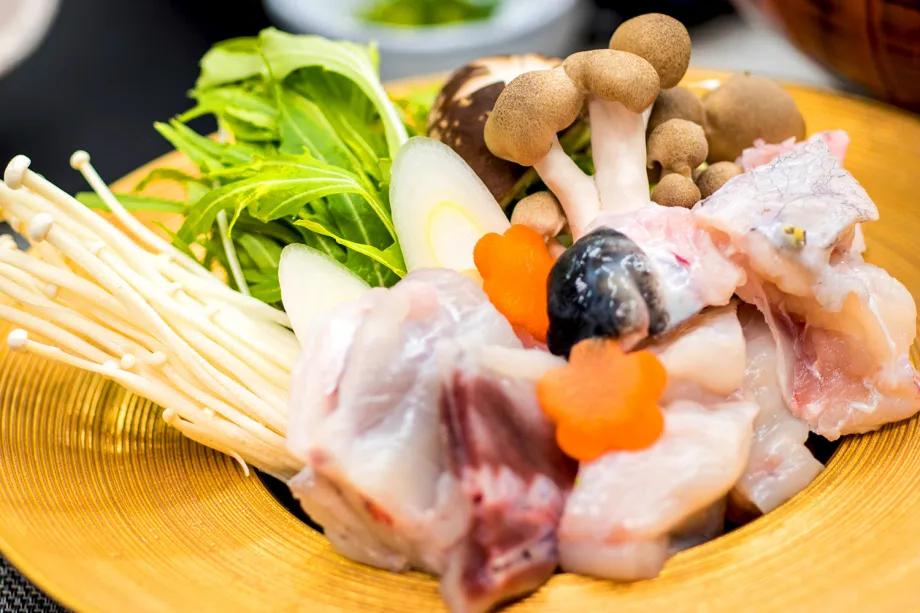
Varieties of Tiger Puffer Dishes:
Tiger Puffers are enjoyed in Japan in various ways, such as grilling, tempura, clear soup, and more, but regardless of the cooking method, their unique flavor remains. Here are two representative ways to enjoy Tiger Puffer:
01 Sashimi
The most common dish in fugu cuisine is fugu sashimi. Tiger Puffer is cut into 1-2 millimeter thin slices, allowing one to savor its original flavor and exceptional texture. Due to its low fat content and high fiber, it has a satisfying chewiness, and its sweetness becomes even more pronounced.
Tiger Puffer sashimi is often served on a round platter, where the pattern of the plate can be seen through the thin slices, exuding an indescribable sense of luxury. There is also artistry in the presentation, with themes like “Chrysanthemum in Bloom,” “Peony in Bloom,” or simply arranging the sashimi in a circular “Full Plate.” Other intricate arrangements like “Flying Crane Spreading Its Wings” and “Peacock Spreading Its Tail” test the chef’s skill.
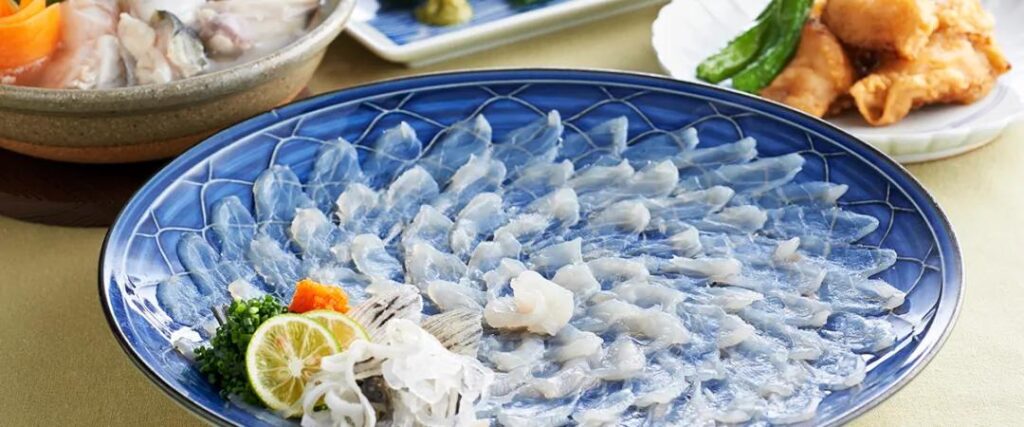
When enjoying Tiger Puffer sashimi, it’s customary not to use soy sauce but to dip it in ponzu (citrus vinegar), which enhances the refreshing taste of the fish. It’s also recommended to wrap the sashimi with green onions, red leaves, and other condiments before dipping in ponzu, enhancing the sweetness and crispness of the Tiger Puffer.
02 Milt
Milt refers to the fish’s seminal vesicles, and besides pufferfish, people often enjoy the milt of salmon, cod, and anglerfish. The milt of premium fugu is especially prized for its high protein content, earning it the nickname “Jewel of the Sea.”
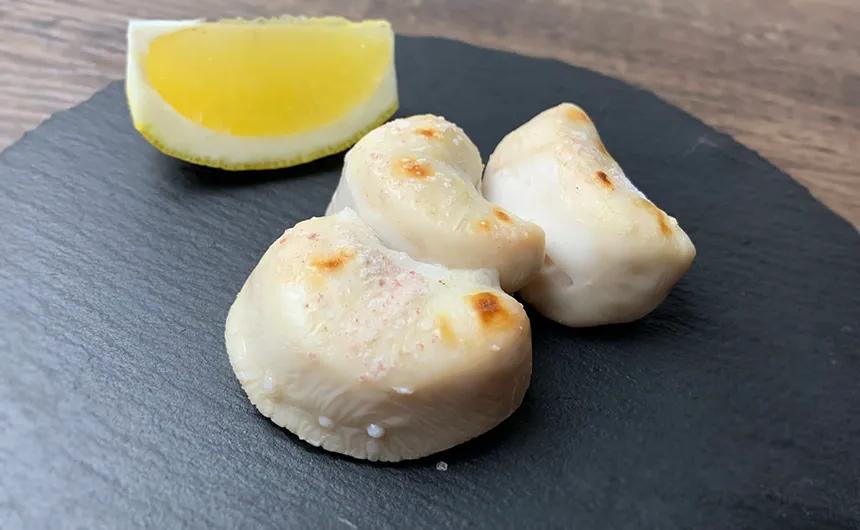
Milt is characterized by its soft texture, rich flavor, and visually appealing, glossy, and elastic appearance. It offers a rich, creamy taste and a melt-in-your-mouth sensation that is highly anticipated. The usual way to eat milt is to pour ponzu over the cooked milt. Other methods include grilling, marinating in vinegar, making tempura, or adding to hot pots.







